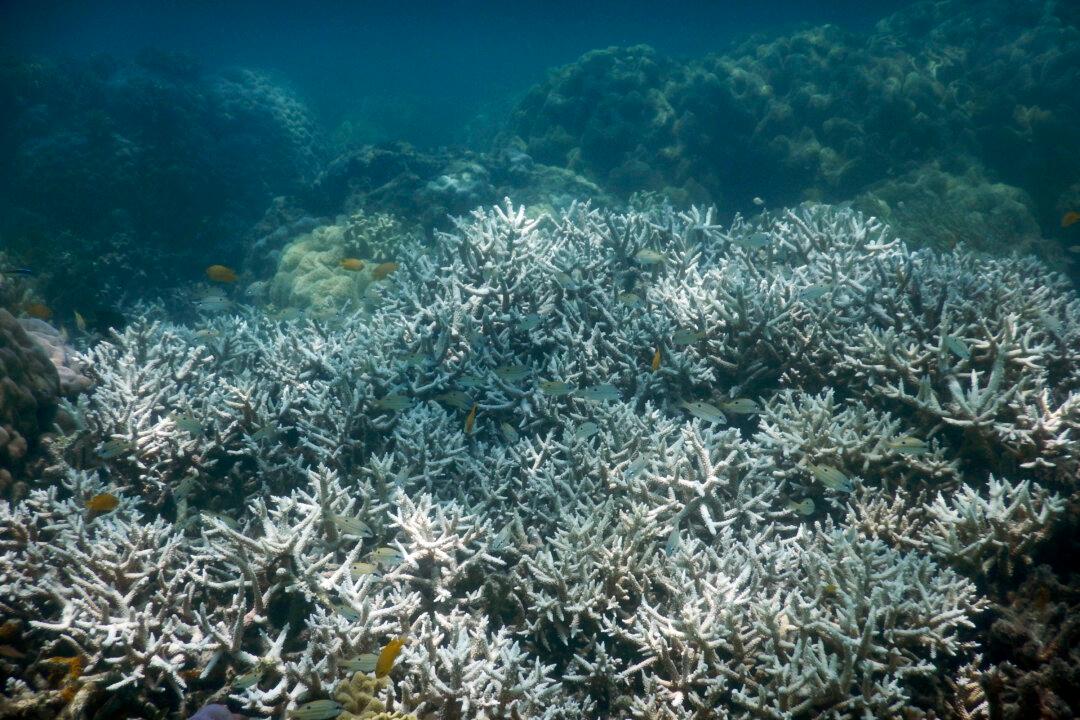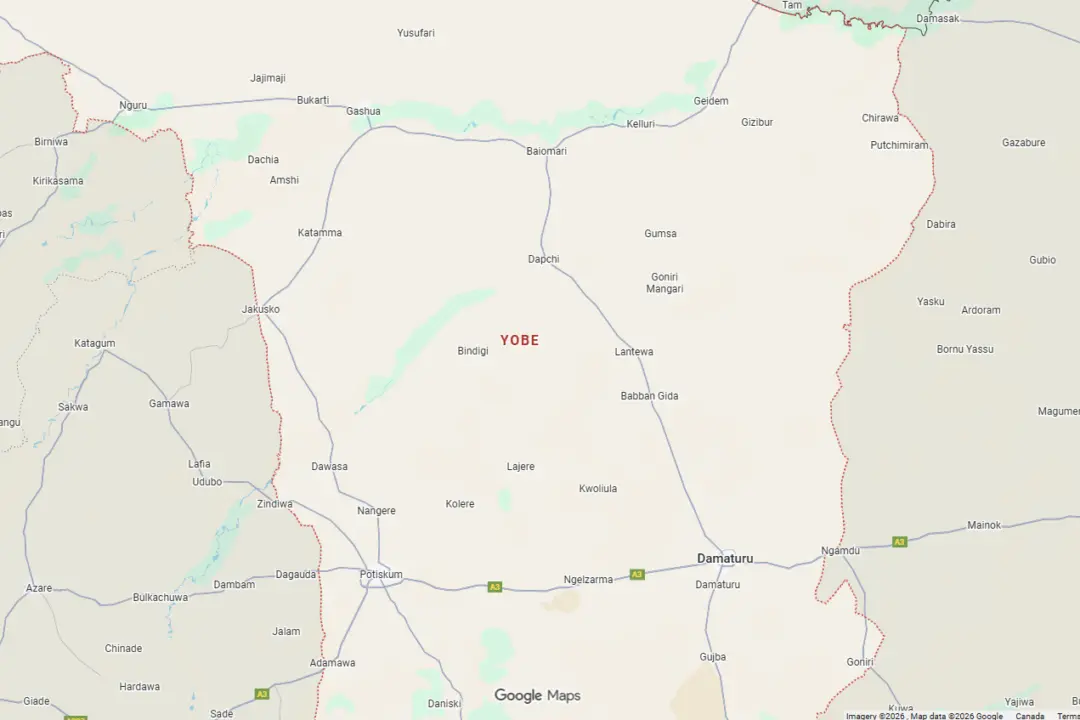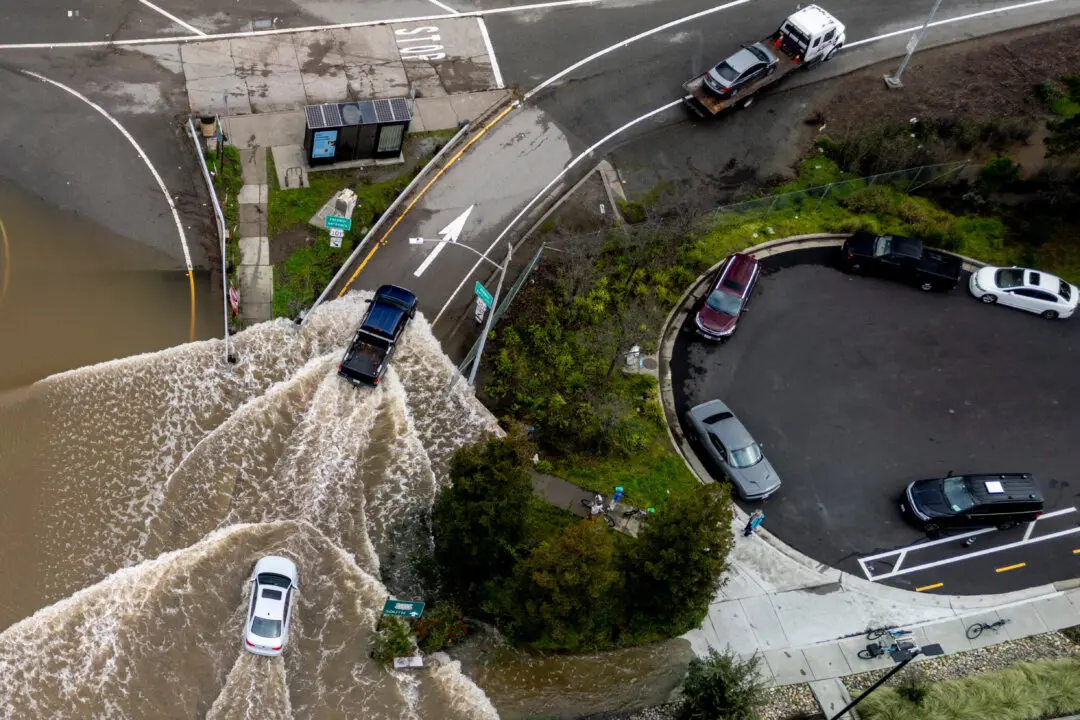SYDNEY—Mass bleaching has killed more than a third of the coral in the northern and central parts of Australia’s Great Barrier Reef, though corals to the south have escaped with little damage, scientists said on Monday.
Researchers who conducted months of aerial and underwater surveys of the 2,300-kilometer (1,400-mile) reef off Australia’s east coast found that around 35 percent of the coral in the northern and central sections of the reef are dead or dying, said Terry Hughes, director of the ARC Centre of Excellence for Coral Reef Studies at James Cook University in Queensland state. And some parts of the reef had lost more than half of the coral to bleaching.
The extent of the damage, which has occurred in just the past couple of months, has serious implications, Hughes said. Though bleached corals that haven’t died can recover if the water temperature drops, older corals take longer to bounce back and likely won’t have a chance to recover before the next bleaching event occurs, he said. Coral that has died is gone for good, which affects other creatures that rely on it for food and shelter.
“Is it surprising? Not anymore. Is it significant? Absolutely,” said Mark Eakin, the coral reef watch coordinator for the U.S. National Oceanic and Atmospheric Administration. “We’re talking about losing 35 percent of the population of coral in some of these reefs — that’s huge.”
The damage is part of a massive bleaching event that has been impacting reefs around the world for the past two years. Experts say the bleaching has been triggered by global warming and El Nino, a warming of parts of the Pacific Ocean that changes weather worldwide. Hot water puts stress on coral, causing it to turn white and become vulnerable to disease. Other reefs have suffered even more severely from the recent bleaching; Some Pacific islands, for example, have reported over 80 percent coral death rates, Eakin said.






